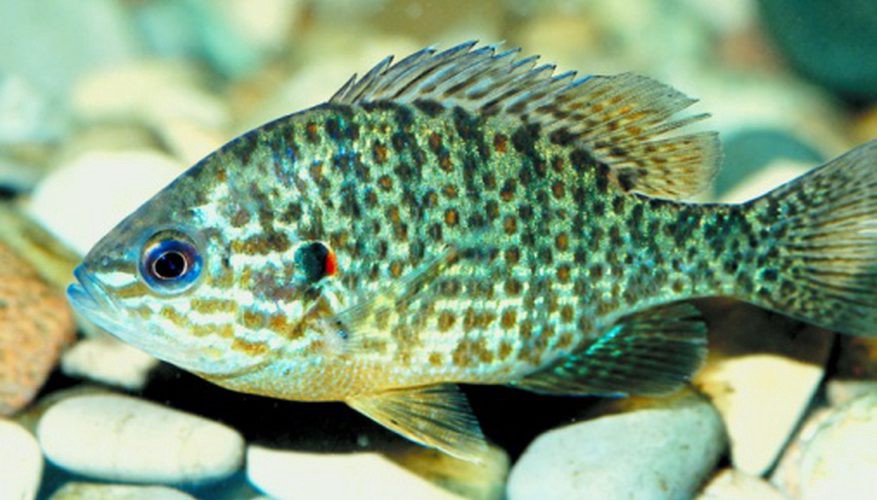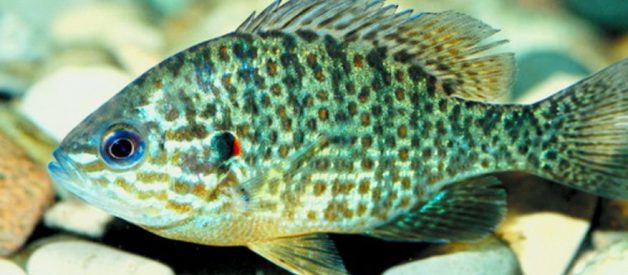by Chuck Douros

It takes more than tepid tap water to make freshwater fish happy in your home aquarium. Popular hobby fish, such as cichlids, gouramis and tetras need slightly alkaline water, low in dissolved mineral salts, well aerated and warm. For these freshwater fish, a pH ranging from 6.8 to 7.8 is healthy. If the alkalinity in a tank drops below 6.8, make subtle changes to the pH to avoid shock and stress on the fish. Once the desired alkalinity is restored, keep a watchful eye and provide regular maintenance so your fish will thrive in the aqua scape.
Things You?ll Need
- pH meter
- Baking soda
- Aquarium siphon
- Crushed coral or seashells
Test your aquarium water by following the directions on the pH test kit. On a scale from zero to 14, a pH of seven is considered neutral. Water showing a pH of greater than seven is considered alkaline.
Dissolve 1 teaspoon of baking soda in a glass of water for each 10 gallons in the tank. Add it to the aquarium and wait 24 hours. As an alternative to the baking soda method, use a commercially available product from a pet store. If the rise in alkalinity is too extreme, it can kill the fish in the tank. Conduct a partial water change to bring the pH into range.
Siphon no more than 20 percent of the total water volume from the tank. Replace it with tap water and wait 24 hours before testing the water again. Partial water-changes are an effective means of raising alkalinity slowly in tanks where the pH is between six and seven.
Add crushed coral or seashells to the gravel. While every tank responds differently to the addition of substrate, you can use 2 pounds of seashells for every ten gallons of water as a starting point. Crushed coral or seashells are a source of calcium and magnesium, essential minerals that produce a level of hardness and buffering capacity to the water. It is the buffering capacity that keeps the pH stable in an aquarium. During a pH crash, the buffering capability of the existing substrate is used up, and new material is needed to raise alkalinity.
Test the water again with your pH test kit. As the alkalinity is restored to healthy levels in the tank, you will notice a favorable change in the behavior, physical condition and breeding habits of your fish.
Tip
When initially setting up your tank, don?t be in a hurry to add fish. Let the water pH, hardness, temperature and bacteria develop first.
Warning
Avoid spikes and fluctuation to pH. It creates an unstable environment for the fish and makes breeding difficult.


